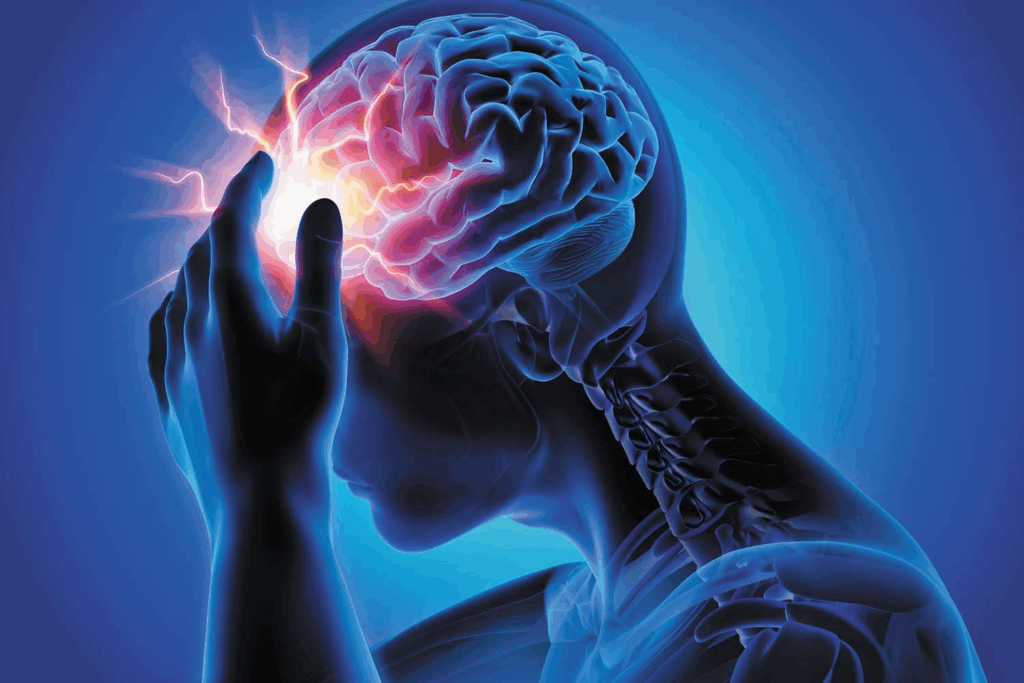
Hydrocephalus, a neurological condition characterized by an abnormal accumulation of cerebrospinal fluid (CSF) within the brain’s ventricles, often leads to elevated intracranial pressure and debilitating headaches. These headaches can become intractable, significantly impairing quality of life despite conventional treatment methods such as shunting procedures or medication.
Recent interest has grown in exploring alternative therapies, including medical marijuana, for managing symptoms associated with hydrocephalus, particularly chronic headaches. Cannabinoids, the active compounds in marijuana, have demonstrated analgesic and neuroprotective properties that may benefit patients with refractory headache syndromes.
Understanding Hydrocephalus and Headache Pathophysiology
Hydrocephalus results in increased intracranial pressure due to impaired CSF absorption or flow obstruction. This elevated pressure often manifests as persistent, severe headaches that may not respond well to standard analgesics or neurosurgical interventions. Managing these symptoms remains a challenge in neurology and neurosurgery.
Potential Role of Marijuana
Marijuana contains tetrahydrocannabinol (THC) and cannabidiol (CBD), which interact with the endocannabinoid system to modulate pain and inflammation. Studies suggest that cannabinoids can reduce headache frequency and intensity in conditions such as migraines and cluster headaches, which share some pathophysiological features with hydrocephalus-associated headaches.
While direct clinical trials on marijuana use in hydrocephalus patients are limited, anecdotal reports and related research provide a rationale for considering cannabinoids as adjunct therapy, especially in patients with intractable headaches unresponsive to conventional treatments.
Clinical Considerations and Future Directions
Despite promising preliminary data, the use of marijuana in hydrocephalus requires cautious evaluation due to potential side effects, legal considerations, and lack of robust clinical evidence. Physicians must weigh the benefits against risks, considering patient-specific factors such as age, comorbidities, and concurrent medications.
Future research through controlled clinical trials is necessary to establish efficacy, dosing parameters, and safety profiles of cannabinoids in hydrocephalus-related headache management.
References
- T. Borgelt et al., “The Pharmacologic and Clinical Effects of Medical Cannabis,” Pharmacotherapy, vol. 33, no. 2, pp. 195–209, 2013. https://doi.org/10.1002/phar.1187
- J. A. Diener et al., “Treatment of chronic headache disorders with cannabinoids: A systematic review,” Journal of Headache and Pain, vol. 19, no. 1, pp. 1–10, 2018. https://doi.org/10.1186/s10194-018-0875-4
- R. D. Abbott et al., “Hydrocephalus: Pathophysiology and current management,” Neurology Clinics, vol. 37, no. 3, pp. 557–572, 2019. https://doi.org/10.1016/j.ncl.2019.03.008


